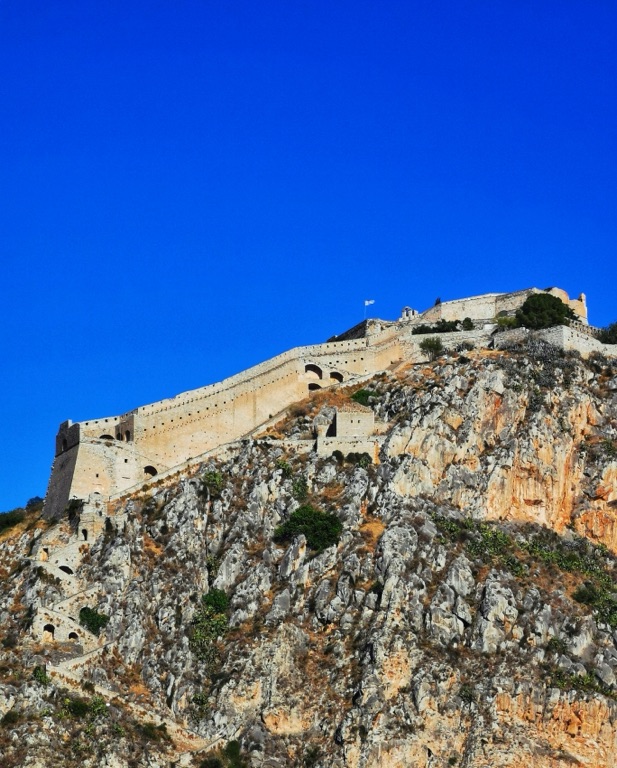Palamidi Castle, located in Nafplio, Greece, is a fortress that sits atop a hill, offering panoramic views of the city and the sea. Built by the Venetians during their second occupation of the area in the early 18th century, it is a classic example of Venetian fortifications. The castle has played a significant role in the history of the region, having been occupied by several civilizations and having witnessed many battles.
Get your dose of History via Email
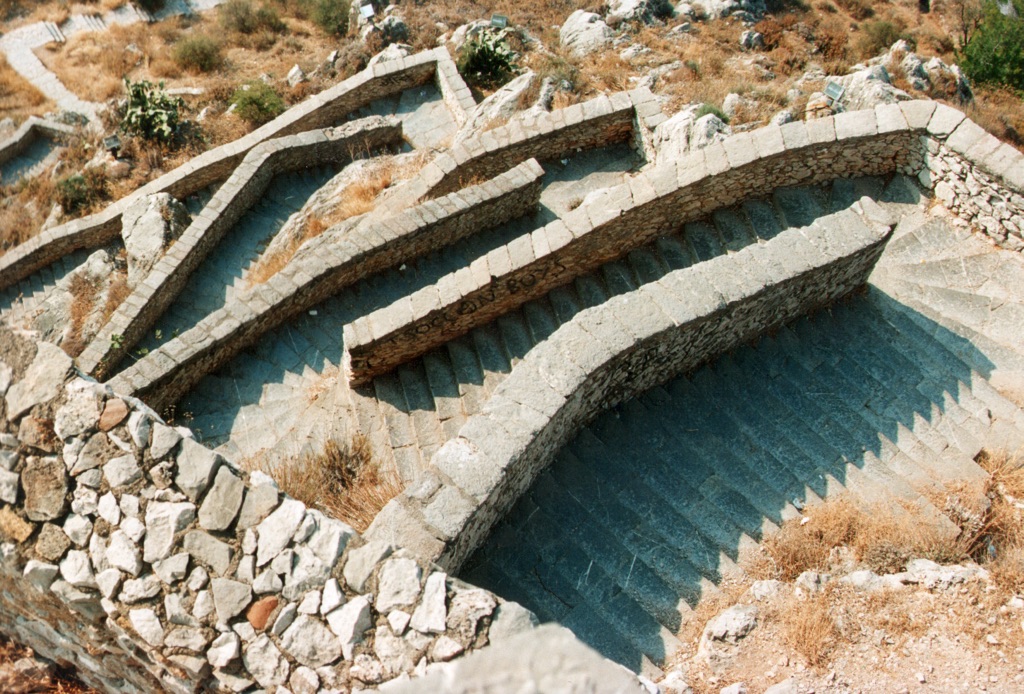
What is the historical significance of Palamidi Castle in Nafplio and what civilizations have used it?
Palamidi Castle’s historical significance lies in its strategic location and the role it played in the history of Nafplio. The castle was built by the Venetians during their second occupation of the area in the early 18th century. However, it was soon captured by the Ottomans in 1715. The castle’s strategic location made it a coveted possession for any power wishing to control the region.
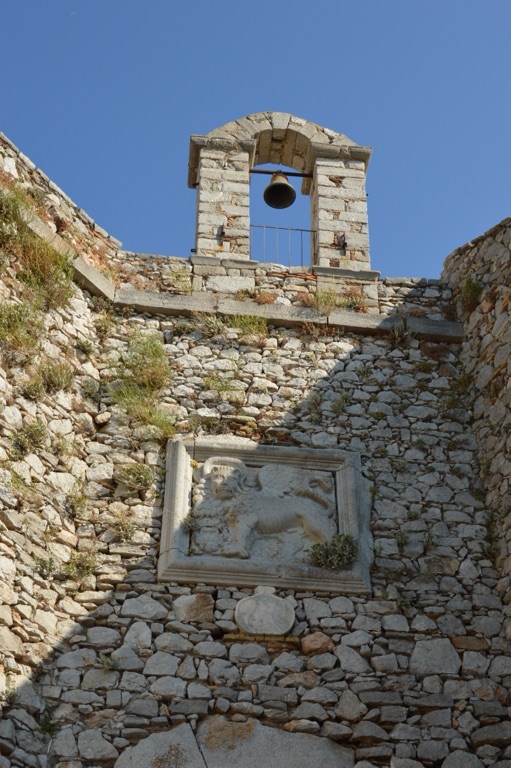
The castle also played a crucial role during the Greek War of Independence in the 19th century. It was from here that the Greeks launched their attack against the Ottomans, leading to the liberation of Nafplio. After the war, the castle served as a prison for many years.
Over the centuries, the castle has been occupied by various civilizations, including the Venetians, Ottomans, and Greeks. Each civilization has left its mark on the castle, contributing to its rich history and cultural significance.
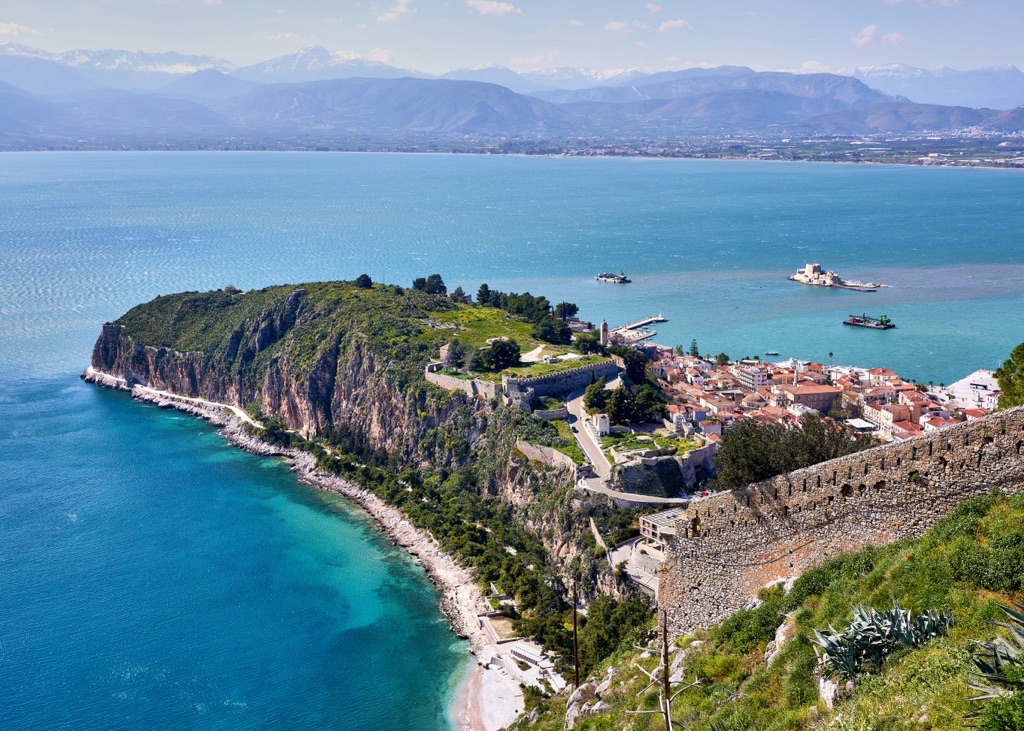
What are some of the key architectural features of the Nafplio?
Palamidi Castle is a classic example of Venetian fortifications. The castle is made up of a series of bastions, each named after a Venetian provveditore who was in charge during the construction of the castle. The bastions are connected by a wall, creating a defensive perimeter around the castle.
One of the most distinctive features of the castle is the staircase leading up to it. Known as the “999 steps”, this staircase offers breathtaking views of the city and the sea. However, contrary to popular belief, there are actually fewer than 999 steps.
Inside the castle, there are several structures, including a church, a prison, and various rooms and corridors. The castle also features several defensive elements, such as cannons and loopholes for archers.
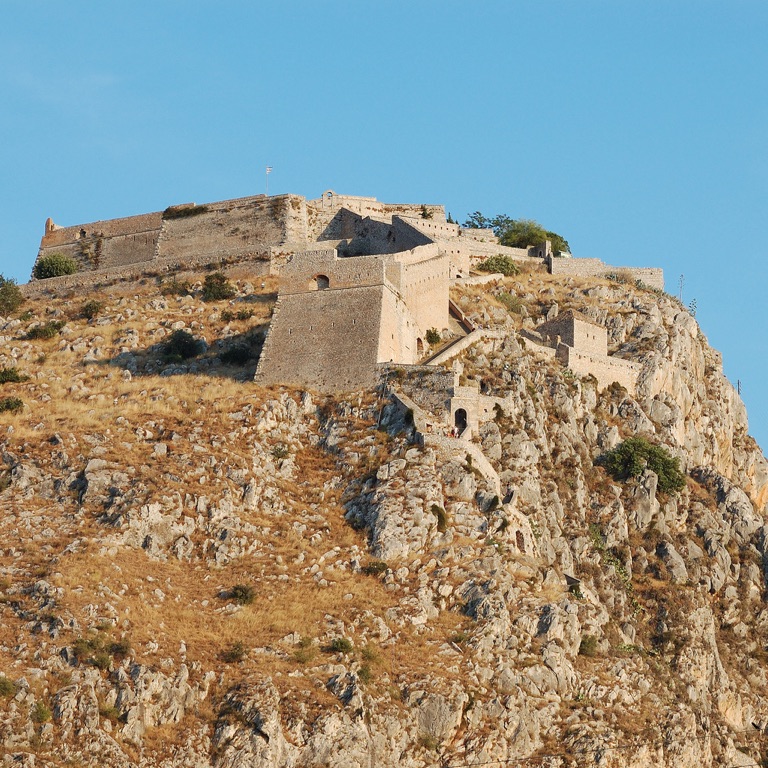
What are some of the key architectural features of Palamidi Castle in Nafplio castle?
As previously mentioned, Palamidi Castle is characterized by its series of bastions, each named after a Venetian provveditore. These bastions are connected by a wall, forming a defensive perimeter around the castle. This type of fortification was typical of the Venetians, who were known for their advanced military architecture.
Another key architectural feature of the castle is the “999 steps” staircase. This staircase, which actually has fewer than 999 steps, leads up to the castle and offers stunning views of Nafplio and the sea.
Inside the castle, there are various structures, including a church and a prison. The castle also features several defensive elements, such as cannons and loopholes for archers. These features highlight the castle’s primary function as a military fortress.

What is the historical significance of Palamidi Castle and what civilizations have used it?
Palamidi Castle’s historical significance is closely tied to its strategic location and the role it played in the history of Nafplio. Built by the Venetians during their second occupation of the area, the castle was soon captured by the Ottomans. Its strategic location made it a coveted possession for any power wishing to control the region.
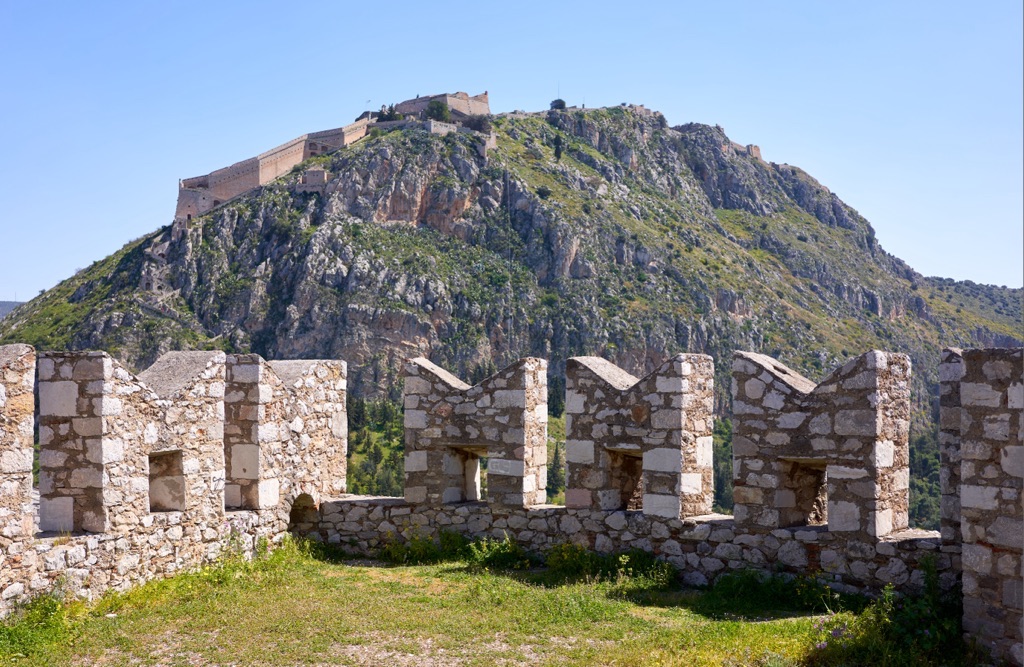
The castle also played a key role during the Greek War of Independence. It was from here that the Greeks launched their attack against the Ottomans, leading to the liberation of Nafplio. After the war, the castle served as a prison for many years.
Over the centuries, the castle has been occupied by various civilizations, including the Venetians, Ottomans, and Greeks. Each civilization has left its mark on the castle, contributing to its rich history and cultural significance.

How has the role and function of Palamidi Castle changed throughout its history?
Over the centuries, the role and function of Palamidi Castle have changed significantly. Initially, the castle was built as a military fortress by the Venetians. Its strategic location made it a crucial defensive point for the city of Nafplio.
However, after the castle was captured by the Ottomans, it served as a stronghold for their empire. During the Greek War of Independence, the castle played a pivotal role as the launching point for the Greek attack against the Ottomans.
After the war, the castle’s function changed once again, this time serving as a prison. Many political prisoners were held here during the 19th and 20th centuries.
Today, the castle is a popular tourist attraction. Visitors can explore the castle’s bastions, walk along its walls, and enjoy the panoramic views of Nafplio and the sea.
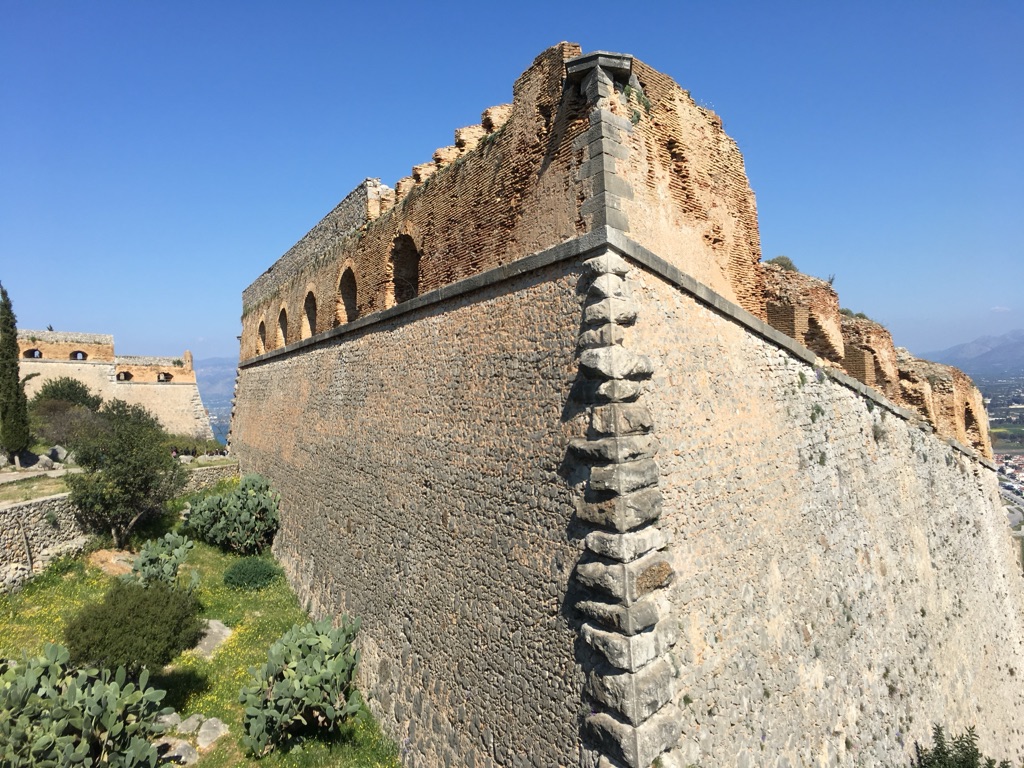
Conclusion and Sources
In conclusion, Palamidi Castle is a significant historical and architectural landmark in Nafplio, Greece. Its strategic location, rich history, and distinctive architecture make it a must-visit destination for anyone interested in history and architecture.
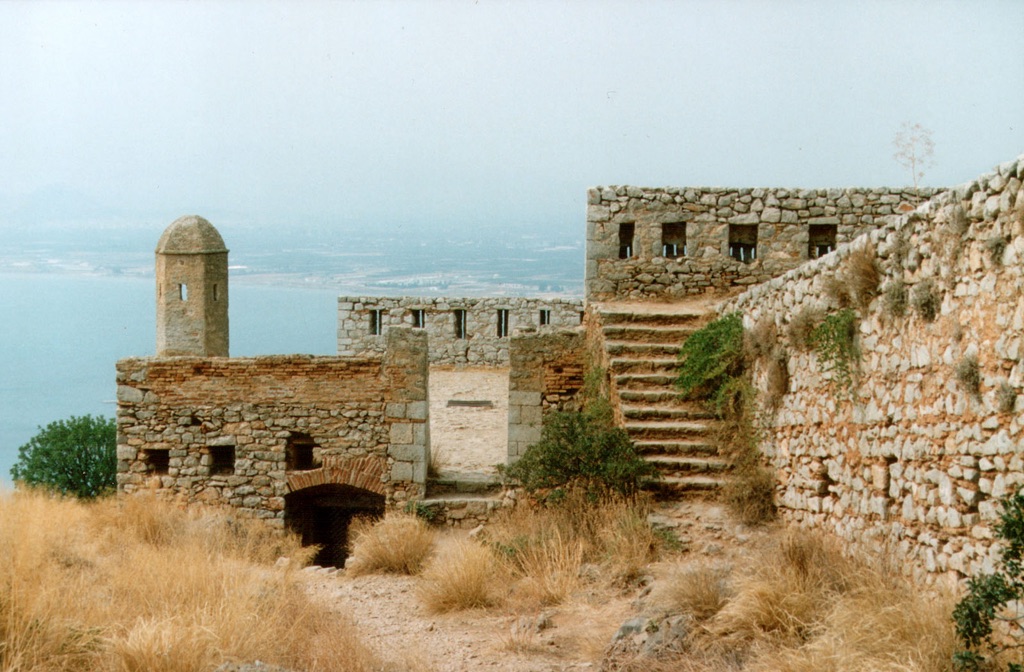
For further reading and to validate the information presented in this article, the following sources are recommended:

